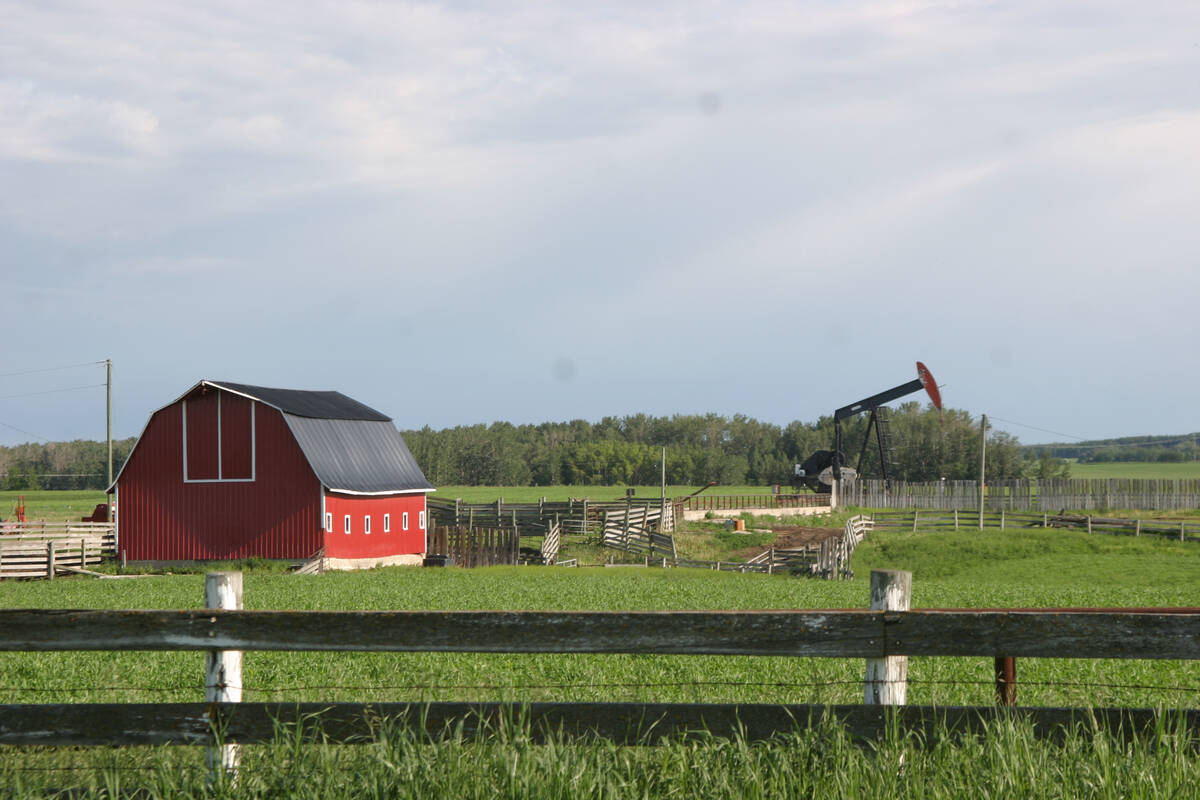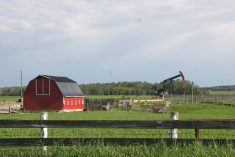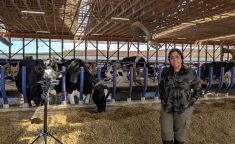About five years ago, a special committee reviewing Canada’s agricultural policy framework heard a novel idea from chair Ed Tyrchniewicz, former dean of the University of Alberta’s faculty of agriculture and forestry.
Noting that roughly 60 per cent of government funding for agriculture went to business risk management (BRM) programs, Tyrchniewicz suggested spending more on other areas instead. Research, maybe. Or science, innovation and market development.
The 30-person committee quickly shot him down. In their view, the main purpose of agriculture policy was to solve the farm income problem. End of story.
Read Also

Recommendations in the mature assets strategy could cause potential problems for landholders
The Western Stock Growers’ Association urges producers to pay attention to the potential changes to Alberta’s Mature Assets Strategy.
Prudently, Tyrchniewicz decided not to write a dissenting minority report.
“This was not a suggestion that was viewed in any favour-able way,” is how Tyrchniewicz euphemistically puts it today. “I was certainly not in the majority view in the room.”
Maybe he should have waited.
A recent report by a leading Canadian agriculture think-tank proposes pretty much what Tyrchniewicz suggested to his colleagues that day: less spending on income support programs, more money for other areas.
The reason, says the Canadian Agri-Food Policy Institute (CAPI) report, is that the current approach to farm risk management isn’t working and a different one is needed. It says farmers and ranchers have lost money from the market seven times in the last 10 years. This, it says, proves that “(f)unding programs are not resolving what is causing such chronic unprofitability. A new approach to risk management is required.”
CAPI suggests taking the $2.3 billion that normally flows annually to BRM programs, including AgriStability, and diverting an increasing amount into areas which produce long-term benefits for farmers.
“This measure would render certain producer-directed risk programs less necessary. This will free more funds for innovation – a catalyst to generate new product, market and income opportunities.”
CAPI suggests that could give a five-to-one return on investment. It proposes decreasing BRM funding (excluding crop insurance and disaster programs) by 10 per cent starting in 2013. That will increase benefits from innovation by 50 per cent. Do this incrementally for 10 years. By 2023, BRM funding will have decreased by 50 per cent and innovation benefits will have grown by 250 per cent.
If you think those are just blue-sky musings from an academic group with no influence on public policy, listen to what federal Agriculture Minister Gerry Ritz said two weeks ago.
“The major consensus is that we need to move away from reactive programs,” Ritz said during a Feb. 11 news conference to close the federal-provincial agriculture ministers’ semi-annual meeting in Toronto.
“I mean, certainly we need to be there with business risk management tools but we need to start focusing more on the proactive side. Science and research, innovation, doing more with less, if you will…”
Ritz could have been reading from the CAPI report. Farmers, take notice.
Paradigm shift
The fact that politicians may be leaning toward the kind of approach CAPI recommends, if more by default than design, could signal a paradigm shift in agricultural programming, analysts say.
“We can’t go on like this indefinitely,” said Al Mussell, a senior research associate at the George Morris Centre in Guelph, Ontario. “Something’s gotta give.”
Mussell said Canada’s farm programs have been “a mishmash for years” because their purpose has never been entirely spelled out.
“Are we trying to just get money out into the countryside? Are we trying to stabilize income? Are we trying to protect people in the event of that one big wreck? What are we trying to do here? It’s not at all clear.”
Providing income support to farmers during times of depressed prices has been the basis of farm programs in Canada going back to the 1958 Agricultural Stabilization Act.
Since then, a long line of programs – WGSA, tripartite, GRIP, AIDA, CAIS, CFIP and now Agri- Stability – have sought to stabilize farm income by smoothing out peaks and valleys resulting from market fluctuations.
Sometimes they succeeded. A 2007 University of Manitoba study found CAIS reduced Manitoba grain farmers’ short-term income variability by nearly a third.
But do such programs ultimately solve the farm income problem, as Tyrchniewicz’s committee insisted they should?
“The answer, for the most part, is no,” said Tyrchniewicz. He said governments have poured billions of income support dollars into the farm economy over the decades and producers still talk about a financial crisis.
So far, society has been willing to support farmers through the public purse. But if the trend continues, Tyrchniewicz worries the industry could reach a tipping point in public opinion.
“When is society going to get, to put it bluntly, tired of supporting a sector where it’s government payments that are keeping the sector going?”
BRM gets capitalized
That’s not to say that business risk management programs such as AgriStability don’t work. They do, but only temporarily, said Brandon Schaufele, an agricultural economist with the Richard Ivey School of Business at the University of Western Ontario.
“I think things definitely need to change in the BRM arena,” said Schaufele. He said AgriStability can increase and stabilize farm cash flow in the short term. But his research shows most of the money from BRM payments is used to buy land and inputs. In other words, it’s capitalized. So payments have little effect on medium-to long-term cash income. They just appreciate the value of farm assets.
In the end, AgriStability isn’t inefficient. It’s just ineffective because it doesn’t do what it’s supposed to do – manage long-term risk, said Schaufele.
So if BRMs aren’t effective in the long term, what would be?
Mussell believes the CAPI approach is sound: take BRM money and move it into innovation to reap dividends in the long term.
“I believe that primary agriculture has the ability to enhance its own revenue stream and its own earning stream through new knowledge (and) new processes,” said Mussell, adding this is what the auto industry did to survive.
“In the short term, we probably can’t do a whole lot. But you’ve got to think longer than that and bigger than that.”
Schaufele has his own list of solutions for providing risk management without involving too many direct payments.
One is to make government the lowest-cost provider of risk management, as it is now for crop insurance.
Another would be to make government a lender of last resort in case of an income disaster, as occurred with BSE.
A third is to invest more money in research and development, just as the CAPI report recommends.
“There are options available to producers to enable them to manage their price risk. So there are alternatives to the AgriStability/ AgriInvest type programs out there,” Schaufele said.
Ron Bonnett, Canadian Federation of Agriculture president, warned against siphoning off BRM money to fund research. He called it taking from one pocket to fill another.
“We don’t take the position at CFA that it’s got to be either-or.”
What people forget about BRMs is that they’re demand driven, said Bonnett. A draw-down of funds occurs mainly when a financial crisis from a weather-related disaster or a market collapse occurs. At other times, such as last year, all kinds of budgeted money does not get used.
Bonnett suggested investing BRM money in research when it’s not used for farm payments. That would be like having the best of both worlds, he said.
“We still need the business risk management tools in place and at the same time we need to invest in all of that other stuff.”














